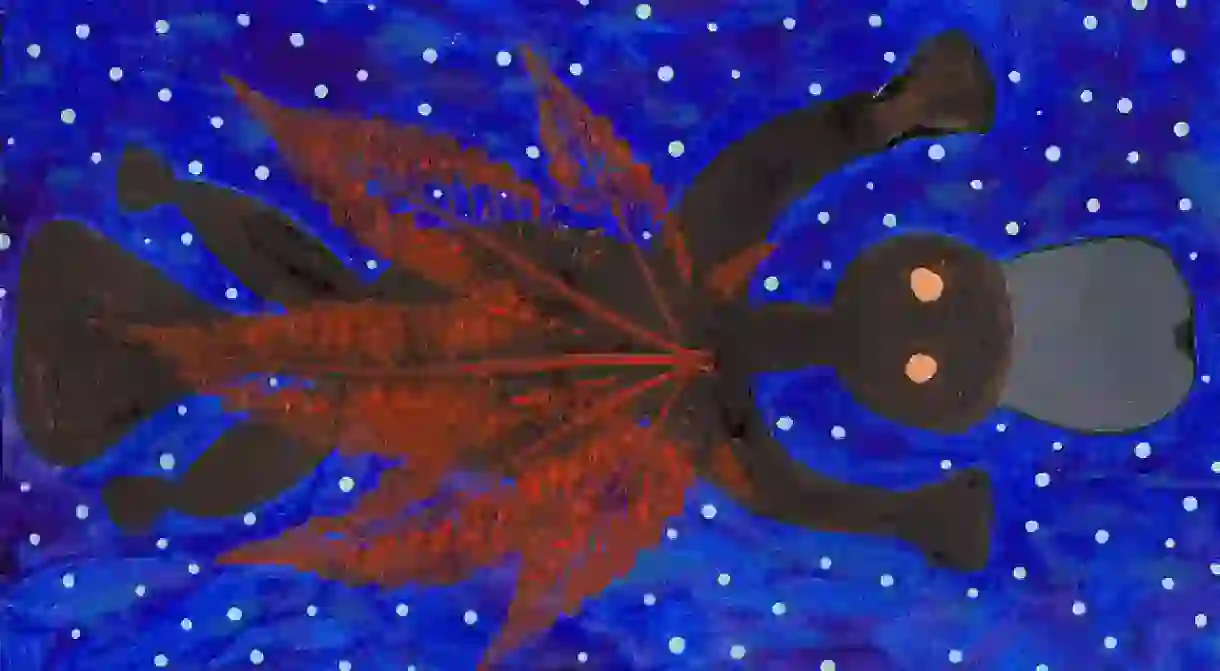10 Books About Aboriginal Art And History You Should Know

Below is a list of the 10 best Aboriginal art and history books. Many of these books have inspired other talented artists, curators and novelists to pursue their dreams. If you have a passion for arts and an inclination toward Aboriginal culture and history, then these books are for you.

The Struggle for Aboriginal Rights: A Documentary History, Bain Attwood, Andrew Markus
Aboriginal people have faced adversity beyond recognition. Since the English settlers took possession of their land, Aboriginal people have had their culture, children and beliefs stolen. This book draws from historical documents to address the issues of identity loss. Some of these documents written by Aboriginal campaigners have not been previously published, making this book original in its own right. The beginning of the story goes back to 1830 on Flinders Island during its era of convicts. The reader sees through the lens of the Aboriginal people and their journey to fight for their security of land, identity and humanity. It is a political-based book, focusing its attention on the protests, outcomes, campaigns and the history of Aboriginal politics.
Aboriginal Australians: Black Responses to White Dominance, 1888-2001, Richard Broome
This book is an accurate reflection of the political responses from the Aboriginal people in relation to the verbal and physical actions made by the government. The reader is taken on a roller coaster, from the land rights struggle of Mabo all the way to the Howard government attempting to reconcile with the people. It is a survey of events, and is recognized as the most up to date and correct documentation. This book has been updated twice before in previous decades. It is now classified as a text for educational purposes.
The Oxford Companion to Aboriginal Art and Culture, Margo Neale, Sylvia Kleinert, Robyne Bancroft
If you love art, this book will provide an intellectually stimulating insight into Aboriginal art, with references to art style origins and archaeological traditions. It includes art from early 19th century to contemporary times. With over 400 illustrations, this book is great if you are a visual learner.
Dark Emu: Black Seeds: Agriculture or Accident?, Bruce Pascoe
For an enriching experience, have a read of Dark Emu. Pascoe questions the idea of the hunter-gatherer label, making Aboriginal people out to be ‘savages’, according to white settler sources. This book begs you to reconsider the stereotype of indigenous Australians and to base your judgement on documents that do not look through an English settler perspective.
Aboriginal Art: World of Art, Wally Caruana
Written by a senior curator of Aboriginal and Strait Islander Art at the National Gallery of Australia, it is no wonder this book paints such a multi-faceted picture of the dynamism of Aboriginal art. It surveys work spanning across sculpture, paintings, textiles and printmaking. Aboriginal art is so vast, it is impossible to learn about it all, particularly as different art techniques originate in different tribes. Sailing through time from 50,000 years ago until contemporary times, this book gives you the latest and most intricate detail of Aboriginal art, supported with maps and illustrations. It has a modern spin, focusing on urban Aboriginal culture and of the empowerment of female artists in the present day.
Spirit Country: Contemporary Australian Aboriginal Art, Jennifer Isaacs
This vibrant book is a celebration of contemporary Aboriginal art. Written by a great writer and curator, Isaacs allows you to venture down a path of artistic appreciation, even if you do not understand it. With reference to artifactual documents such as maps, personal histories and illustrations, the prominence of Aboriginal art is awakened within each reader.
Pila Nguru: The Spinifex People, Scott Cane
The shock hits you hard once you read this engaging yet horrific story. It is the tale of the Spinifex people, a tribe whose land is located in Western Australia’s Great Victoria desert. When atomic testing and white people invaded this area in the mid 1900s, the Spinifex people lost more than just their land. A great and compelling book with the capacity to rattle your emotions.
Aboriginality: Contemporary Aboriginal Paintings and Prints, Jennifer Isaacs
Another book by Isaacs captures the diversity and originality of Aboriginal art. With 85 paintings and prints, the visuality is the essence here, and the socio-political issues interweave throughout. The continuity of Aboriginal art is presented beautifully in the book, showing the beauty of ancient to modern art through various media platforms. This book is great for the beginner who wants to learn about specific artists and art styles.
Images of power: Aboriginal Art of the Kimberley, Judith Ryan, Kim Akerman
What is more powerful than an image that has the ability to speak a thousand words? Aboriginal art is embedded in the artist’s origin of land. Where an artist comes from depends entirely on what and how they create art. This book shows the different tribes creating various artworks, but sharing a united passion for visual interpretation of Aboriginal history and culture. Particular emphasis is on the north-west Kimberley region, presenting spiritual interpretations of the land, which is sacred to the people of that area.
The New McCulloch Encyclopedia of Australian Art
The ultimate picture book. If you just want to soak up all the best Aboriginal art, look no further than the New McCulloch Encyclopedia. With more than 8,000 works featured in this collection, it is no surprise that the vivid colours and intrinsic artistry warms anyone’s hearts. Particularly useful for the art guru.













